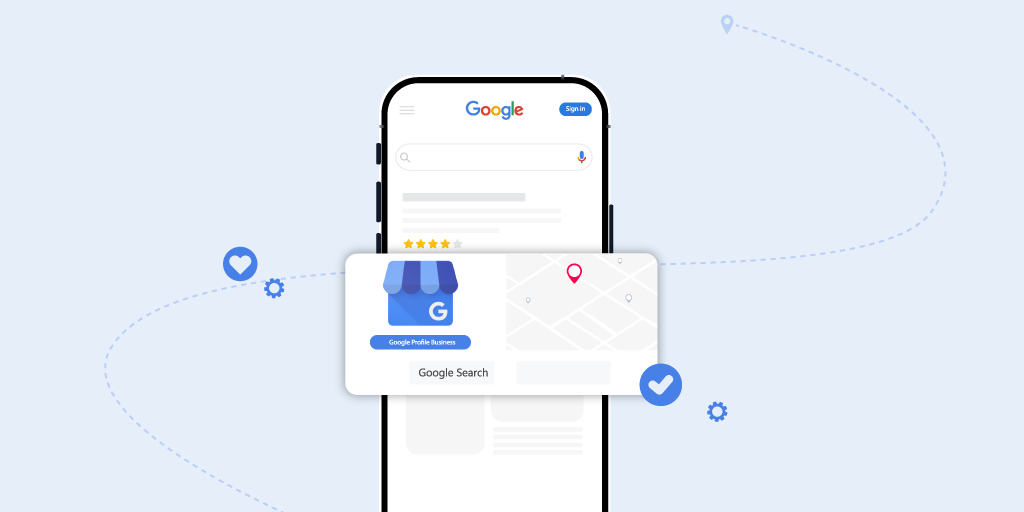Scale & Strategy
This is Scale & Strategy – 'the spice rack of BizOps' (we bring you the heat).
Here’s what we got for you today:
- The Most Important Google Business Profile Features to Use
- 3 LinkedIn Ad Formats Worth Testing for B2B Growth
The Most Important Google Business Profile Features to Use
This might sting a little: your Google Business Profile (GBP) might matter more than your website—especially if you're a local business.
When set up properly, your GBP drives visibility, builds trust, and generates leads. Tom Demers recently broke down the most valuable features. Here’s what to focus on:
1. Business Info
Use your legal business name, ensure your contact info matches other listings, and clearly define your service areas.
Skip the keyword stuffing—just include relevant details like hours, amenities, and accessibility.
2. Services
This section is yours to control—not Google’s.
Add your core and secondary services, select a primary category that best reflects your business, and create custom services if needed. Update regularly as your offerings evolve.
3. Reviews
Want to rank higher and build credibility? Prioritize reviews.
Encourage satisfied customers to leave one after each service, use the “Get more reviews” tool in your dashboard, and reply to every review—positive or not.
4. Posts, Photos & Q&A
Post photos of your work, team, and location. Share updates, answer common questions, and highlight what sets you apart.
Great visuals include before-and-afters, staff milestones, or product features.
5. Performance Insights
Google shows how people interact with your profile—calls, clicks, direction requests, and more.
Use this data to optimize your listing and drive the actions that matter most.
Bottom line:
A well-maintained GBP often outperforms a website when it comes to local visibility. Keep it updated, skip the fluff, and focus on the features that actually move the needle.
3 LinkedIn Ad Formats Worth Testing for B2B Growth
With Google CPCs climbing, LinkedIn Ads are gaining serious traction—especially for B2B marketers.
And with platform upgrades like a cleaner Campaign Manager interface, Conversions API support, and native revenue attribution, LinkedIn is looking a lot more performance-friendly.
If you’re allocating budget to LinkedIn, here are the ad formats worth testing—based on insights from LinkedIn expert Laura Schiele:
1. Thought Leader Ads (TLAs)
These use personal profiles instead of company pages—making them more human, more engaging, and ideal for top-of-funnel awareness.
Best practices: Focus on customer pain points (not product features), keep posts readable, and add visuals or short videos.
Use TLAs to promote educational content or lead magnets, and track success by engagement and target account reach.
2. Conversation Ads
Perfect for hyper-targeted outreach within your ideal customer profile.
They feel like a message—not an ad—and let you customize senders, subject lines, CTAs, and dialogue trees.
Test one element at a time, and use them to spark conversations with both decision-makers and key influencers.
3. Video Ads
Video is growing fast on LinkedIn—and users prefer scrappy, relatable content over polished brand spots.
Focus on authentic storytelling. Think founder insights, testimonials, screen recordings, or lightweight animations.
Great for top-of-funnel attention and brand recall.
Bottom line:
LinkedIn works best when you match ad formats to funnel stages. TLAs build awareness, conversation ads drive interaction, and video grabs attention.
Test and iterate to find your winning mix.
Was this email forwarded to you?
That’s it for today and as always It would mean the world to us if you help us grow and share this newsletter with other operators.
Our mission is to help as many business operators as possible, and we would love for you to help us with that mission!

